A DeSoto Morning with the Sony 400-800 & the a-1 II By Arthur Morris/BIRDS AS ART
I did not want to like the Sony 400-800 when I borrowed one from Sony to try at Stick Marsh. It was too heavy at 5.45 pounds and too slow at f/8 at the long end. Instead, I fell in love with its incredible versatility and reach. Check out the Bird Face-Eye accuracy and the befores and afters of my favorites from that morning in this short video. Heck, by DeSoto standards, it was a pretty poor morning. And be sure to learn more about the creation of each image and see three of Mishael Voison’s three fine Canon photos from that same morning below.
Sony Alpha 1 (a-1) Mirrorless Camera Body
Multiple IPT veteran and long time BAA friend Pat Fishburne is offering a rarely used Sony a-1 (ILCE-1) mirrorless camera body in excellent plus condition for a BIRDS AS ART record low $3,298.00. This body has been updated to Firmware 3.00 that reportedly improves Bird Face-Eye tracking to levels attained by the a1-ii. The camera has my latest a-1 set-up on it. The sale includes the current Buttons and Dials Guide and the Info Sheet, the original product box, one battery, the charger, the camera strap, and insured ground shipping via major courier to lower-48 US addresses only. Your item will not ship until your check clears unless other arrangements are made.
Please contact Pat via e-mail.
I used Sony a-1 bodies as my workhorse camera bodies for more than three years. They produce stunning 51MP files with vivid natural colors. The AF system is superb. They are rugged and dependable and 30 frames per second is nothing to sneeze at. With a brand new a-1 ii going for $6498.00, you can save an even $3200.00 by grabbing Pat’s nearly as good as new a- copy ASAP. Right now, B&H is offering a used Sony a-1 in the same condition, 9+, for $4,674.95 here. Don’t believe me? Click the link. Prices of some used gear items like the Sony a-1 are actually rising in anticipation of the coming tariff.
|
|
|
I-Phone image artie and Misha leaving DeSoto after a morning of sun and fun and learning |
Misha and artie
We had a fun week and enjoyed lots of good chances. Misha sent me this text on his drive to Miami:
Hey Art,Thank you so much for the invitation to come to ILE, your hospitality, and persistent coaching. I’ve learnt so much in these past 4 days it’s amazing! Can’t wait to meet up again. In the meantime God bless and keep you my brother. Much love, Mishael
|
|
|
This image was created on 15 May 2025 at Fort DeSoto Park, Tierra Verde, FL. Standing at full height, I used the hand held Sony FE 400-800mm f/6.3-8 G OSS lens (Sony E) (at 670mm) and The Latest Greatest Sony Flagship Body, the a1 II Mirrorless Camera. The exposure was determined by Zebras with ISO on the rear wheel: ISO 2500: 1/2500 second at f/8 (wide open) in Manual mode. RawDigger showed that the exposure was dead solid perfect. AWB at 7:19:06am on a then windless sunny morning. Wide AF/C with Bird-Eye/Face Detection performed perfectly. Click on the image to enjoy the larger, inexplicably sharper high-res version. Image #1: Winter plumage Willet with its reflection |
The Very First Image of the Day
As we approached some shorebirds feeding on a shallow flat, I noted a Willet standing in still water with a nice reflection. As I had set up for a white bird in flight (just to be ready for anything) I simply reduced my shutter speed by 1/3 stop and made this image before getting down on the ground. It is rare that the very first frame of the day is a keeper but that was the case here as this one featured the best framing.
|
|
|
This image also was created on 15 May 2025 at Fort DeSoto Park, Tierra Verde, FL. Seated on damp sand, I used the knee-pod technique with the hand held Sony FE 400-800mm f/6.3-8 G OSS lens (Sony E) (at 800mm) and The Latest Greatest Sony Flagship Body, the a1 II Mirrorless Camera. The exposure was determined by Zebras with ISO on the rear wheel: ISO 2500: 1/2000 second at f/8 (wide open) in Manual mode. RawDigger showed that the exposure was dead solid perfect. AWB at 7:22:44am on a then windless sunny morning. Wide AF/C with Bird-Eye/Face Detection performed perfectly. Click on the image to enjoy the larger, inexplicably sharper high-res version. Image #2: Dunlin molting into breeding plumage foraging for invertebrates |
Tips on Shooting Feeding Shorebirds in Still Water for Misha and for You
1- Get low.
2- Aquire focus.
3- Keep the bird up in the frame so as to include the whole reflection.
4- When the bird is relatively square to the back of the camera press and hold the shutter button and hope for the best. If you wait to see the perfect shot you will have missed it.
|
|
Image #2A: Unsharpened 100% Crop of the Dunlin molting into breeding plumage foraging for invertebrates image |
Cripsy Eye Skins
When your feeding shorebirds images feature crisp, sharply focused eye skins you know that you are focusing accurately, have a sharp lens, and are using a fast enough shutter speed.
|
|
|
This image also was created on 15 May 2025 at Fort DeSoto Park, Tierra Verde, FL. Seated on dry sand, I used the knee-pod technique with the hand held Sony FE 400-800mm f/6.3-8 G OSS lens (Sony E) (at 674mm) and The Latest Greatest Sony Flagship Body, the a1 II Mirrorless Camera. The exposure was determined by Zebras with ISO on the rear wheel: ISO 2000: 1/3200 second at f/8 (wide open) in Manual mode. RawDigger showed that the exposure was dead solid perfect. AWB at 7:37:17am on a sunny morning. Wide AF/C with Bird-Eye/Face Detection performed perfectly. Click on the image to enjoy the larger, inexplicably sharper high-res version. Image #3: Ruddy Turnstone male in breeding plumage with tiny bivalve (mollusk) |
Good Foot/Bad Foot
Misha, just to my right, created an almost identical frame of this bird at this exact instant. This handsome turnstone was missing a toe or two on its right foot so we were lucky that the bad foot was partially buried in the wet sand while the good foot was nicely raised.
|
|
|
This image also was created on 15 May 2025 at Fort DeSoto Park, Tierra Verde, FL. Standing at full height, I used the hand held Sony FE 400-800mm f/6.3-8 G OSS lens (Sony E) (at 689mm) and The Latest Greatest Sony Flagship Body, the a1 II Mirrorless Camera. The exposure was determined by Zebras with ISO on the rear wheel: ISO 1600: 1/4000 second at f/8 (wide open) in Manual mode. RawDigger showed that the exposure was perfect. AWB at 7:43:03am on a sunny morning. Wide AF/C with Bird-Eye/Face Detection performed perfectly. Click on the image to enjoy the larger, inexplicably sharper high-res version. Image #4: Snowy Egret in flight |
Tight Flight Shots
If a flight shot is exceptionally sharp on the eye but I have badly clipped a wing, I will always look for a pleasing crop. Such images show more detail than a flight image with the whole bird in the frame.
|
|
|
This image was created on 15 May 2025 by Mishael Voison during an In-the-Field session at Fort DeSoto Park, Tierra Verde, FL. Standing at full height, he used the hand held Canon RF 400mm f/2.8 L IS USM Lens with the Canon Extender RF 2x and the Canon EOS R5 Mark II Mirrorless Camera. ISO 1000; 1/4000 second at f/6.3 (stopped down 1/3 stop) in Manual mode. RawDigger showed that the exposure was perfect. AWB at 7:53:31am on a variably sunny morning. Whole Area AF with Animal Detection. Image #5: Great Egret bird of the year |
An Important Question for Misha and for You
Misha was standing at full hight when he created this image. What should he have done to gotten more of the beautiful blue water in the frame?
|
|
|
This image also was created on 15 May 2025 at Fort DeSoto Park, Tierra Verde, FL. Seated on damp sand I employed the toe-pod technique with the hand held Sony FE 400-800mm f/6.3-8 G OSS lens (Sony E) (at 544mm) and The Latest Greatest Sony Flagship Body, the a1 II Mirrorless Camera. The exposure was determined by Zebras with ISO on the rear wheel: ISO 1600: 1/3200 second at f/8 (wide open) in Manual mode. RawDigger showed that the exposure was dead solid perfect. AWB at 8:26:18am on a sunny morning. Wide AF/C with Bird-Eye/Face Detection performed perfectly. Click on the image to enjoy the larger, inexplicably sharper high-res version. Image #6: Reddish Egret catching silversides |
Failure to Zoom In
Using the toe-pod technique to photograph this bird dancing with raised wings I was zoomed out to between 500 and 600mm for almost every frame. Image #6 is a large crop. Had I zoomed in to 800mm I would have had a lot more pixels on the subject.
|
|
|
This image was created on 15 May 2025 during an In-the-Field session at Fort Desoto Park, Tierra Verde, FL by Mishael Voison. Seated on damp sand, he used the hand held Canon RF 400mm f/2.8 L IS USM Lens with the Canon EOS R5 Mark II Mirrorless Camera. ISO 500; 1/4000 second at f/4 (stopped down one stop) in Manual mode. RawDigger showed that the exposure was perfect. AWB at 8:33:53am on a sunny morning. Whole Area AF with Animal Detection. Image #7: Reddish Egret basic plumage dancing |
Score One for Misha and Canon
I was quite impressed with the autofocus system of the R5 II; while reviewing Misha’s dancing Reddish Egret images, pretty much every one was sharp on the bird’s eye or eyes. When he joined me for a day at Stick Marsh in April, he was not even aware of sun angle. But he is obviously a quick learner and he nailed this one just to the right of perfect — note the bit of a shadow on the right on the bird’s upper neck.
|
|
|
This image also was created on 15 May 2025 at Fort DeSoto Park, Tierra Verde, FL. Crouching a bit, I used the hand held Sony FE 400-800mm f/6.3-8 G OSS lens (Sony E) (at 800mm) and The Latest Greatest Sony Flagship Body, the a1 II Mirrorless Camera. The exposure was determined by Zebras with ISO on the rear wheel: ISO 2000: 1/4000 second at f/8 (wide open) in Manual mode. RawDigger showed that the exposure was dead solid perfect. AWB at 8:26:18am on a sunny morning. Wide AF/C with Bird-Eye/Face Detection performed perfectly. Click on the image to enjoy the larger, inexplicably sharper high-res version. Image #8: Reddish Egret basic plumage eyeing baitfish — head and neck vertical portrait |
What You Do Not Want to See If You are a Baitfish
If you are a baitfish swimming along peacefully you do not want to look up and see a Reddish Egret looking down right at you with a hungry look in its eyes.
|
|
|
This image was created on 15 May 2025 during an In-the-Field session at Fort Desoto Park, Tierra Verde, FL by Mishael Voison. Kneeing on dry sand, he used the hand held Canon RF 400mm f/2.8 L IS USM Lens with the Canon EOS R5 Mark II Mirrorless Camera. ISO 100; 1/4000 second at f/2.8 (wide open) in Manual mode. RawDigger showed that the exposure was dead solid perfect. AWB at 9:19:32am on a sunny morning. Whole Area AF with Animal Detection. Image #9: White Ibis grabbing mole crab in surf |
When the Light is Bright …
When the light is bright, get low and work right on sun angle. The tighter the better. This image was made nearly 2 1/2 hours after sunrise on a clear sunny day yet the light looks just fine. Nice job Misha! And great timing getting the mole crab in midair.
|
|
|
This image also was created on 15 May 2025 at Fort DeSoto Park, Tierra Verde, FL. Seated on very wet sand, I used the hand held Sony FE 400-800mm f/6.3-8 G OSS lens (Sony E) (at 705mm) and The Latest Greatest Sony Flagship Body, the a1 II Mirrorless Camera. The exposure was determined by Zebras with ISO on the rear wheel: ISO 1250: 1/500 second at f/8 (wide open) in Manual mode. RawDigger showed that the exposure was dead solid perfect. AWB at 9:26:28am in the shade on a sunny morning. Wide AF/C with Bird-Eye/Face Detection performed perfectly. Click on the image to enjoy the larger, inexplicably sharper high-res version. Image #10: Snowy Egret hunting in the shade of a pier |
Subject in Shade, Background in Sun
Learn where I found shade at the beach on a bright sunny day in the YouTube video above. White subjects in the shade with the background in bright sun presents a difficult exposure challenge. With Sony it was easy by going for lots of Zebras on the background.
Typos
With all blog posts, feel free to e-mail or to leave a comment regarding any typos or errors.

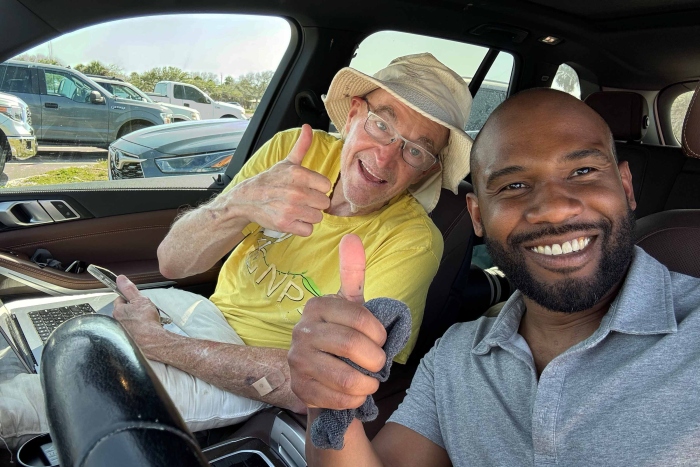
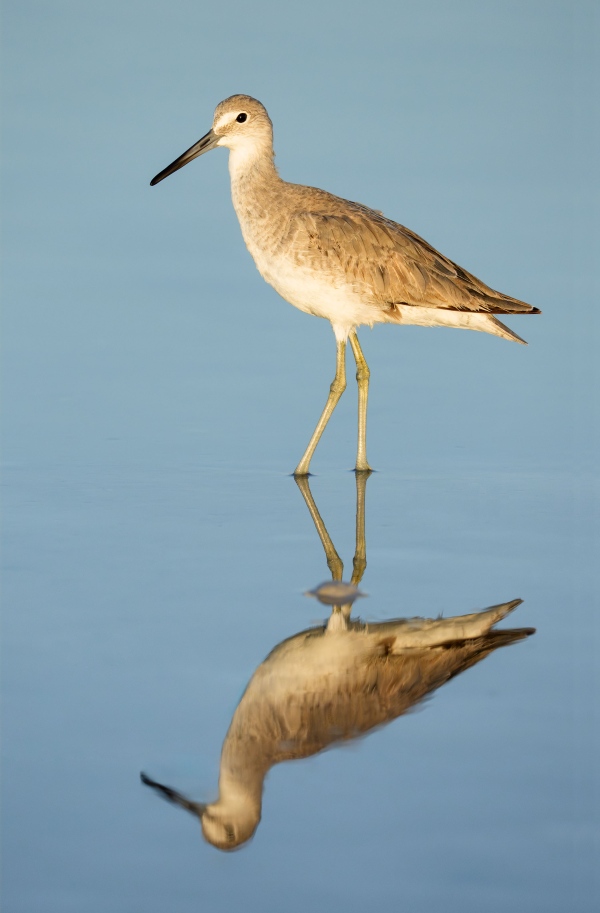
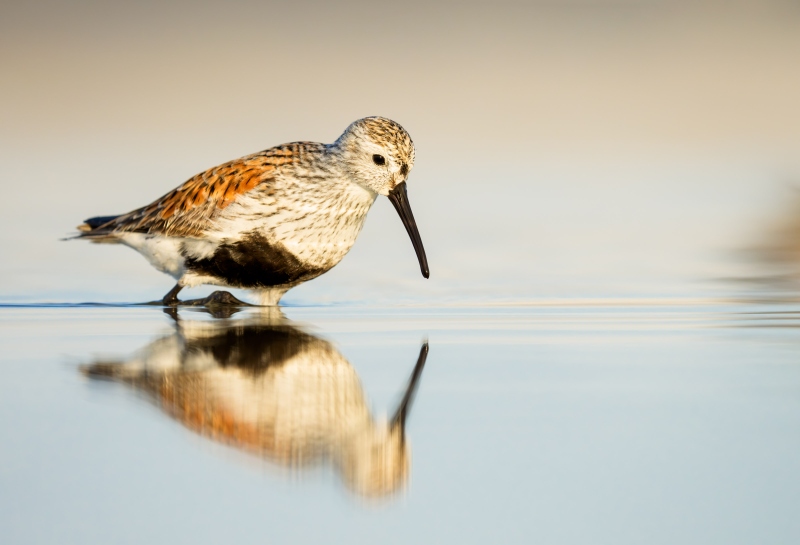
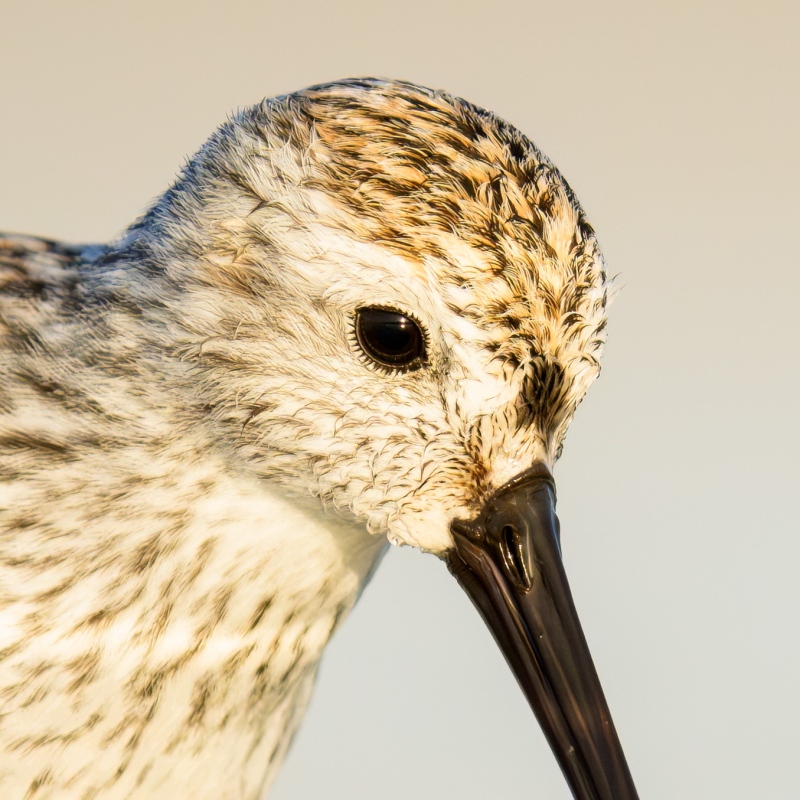
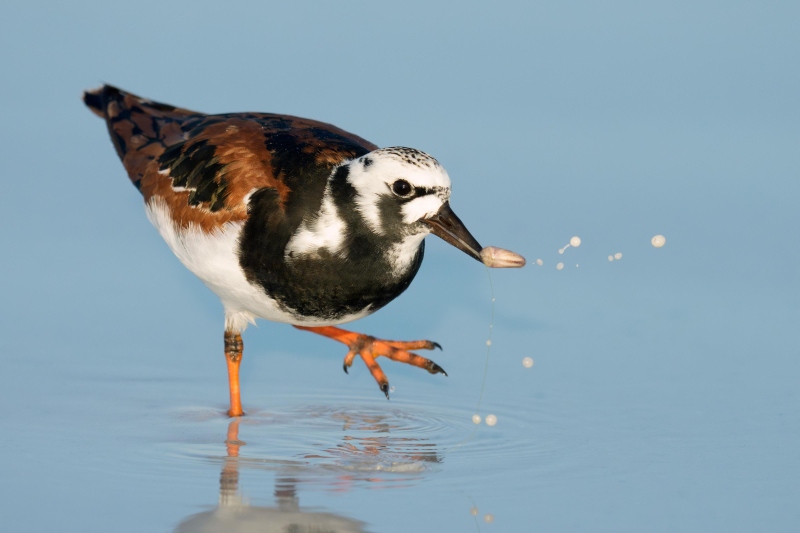
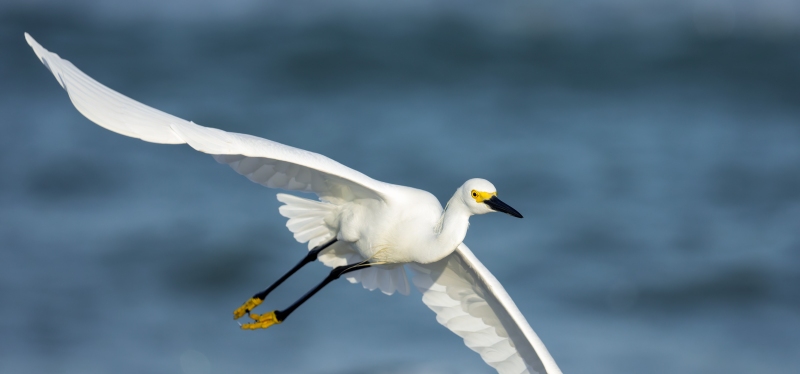
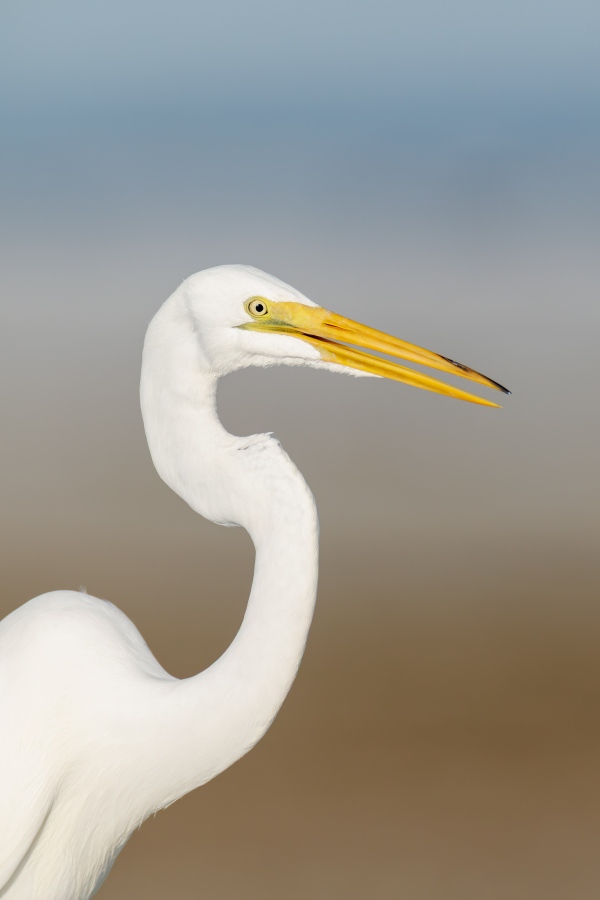
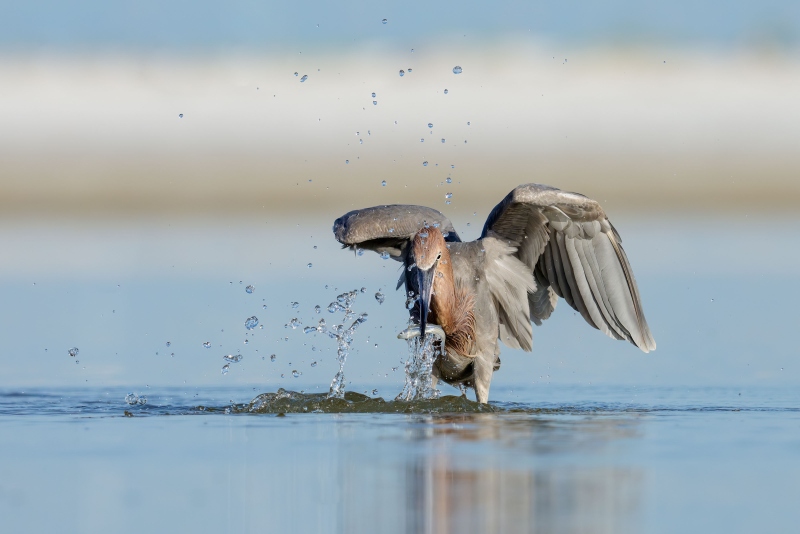
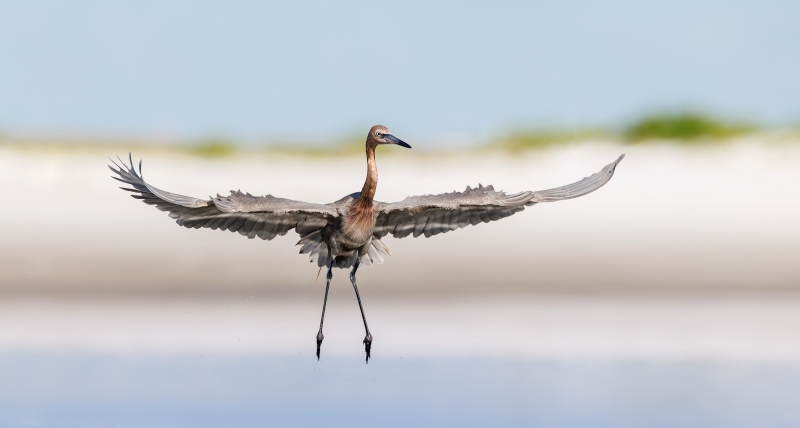
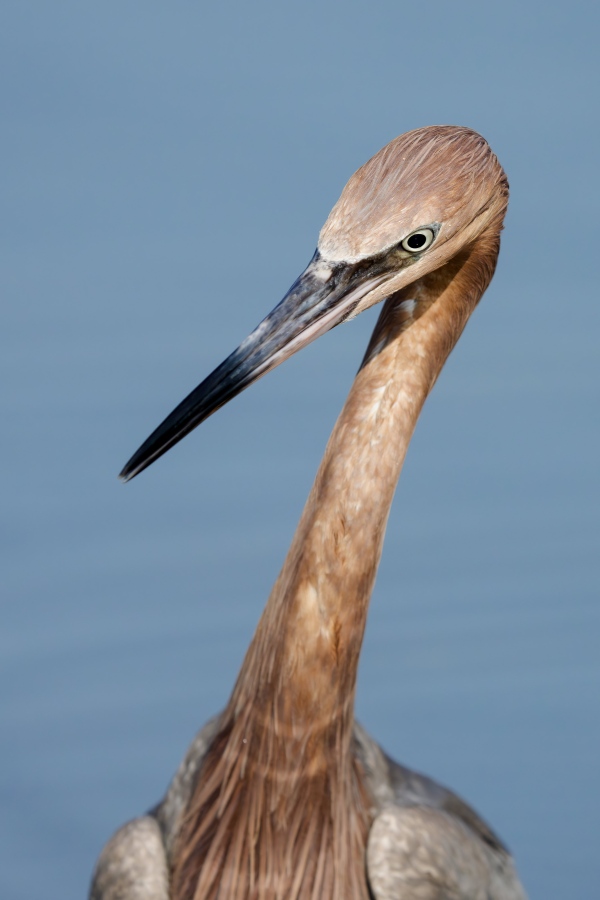
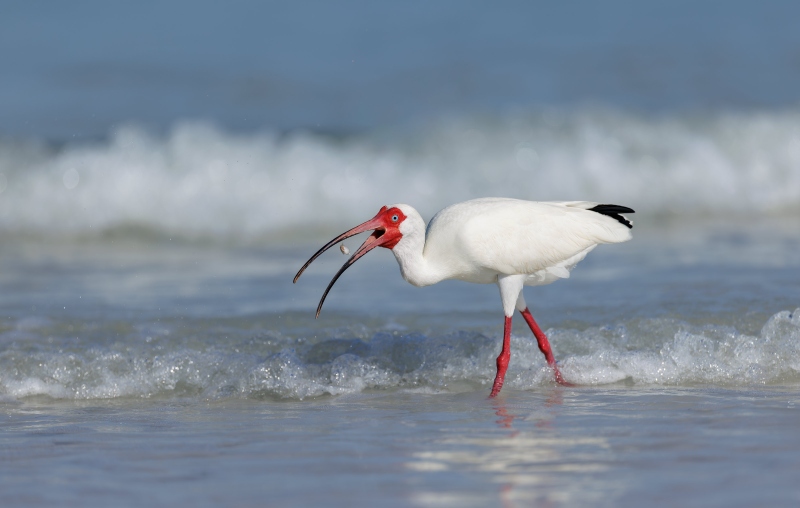
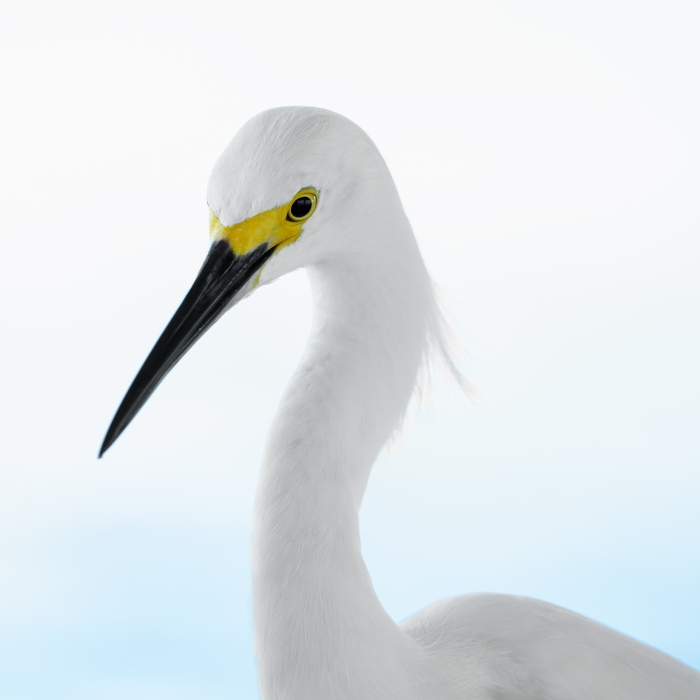









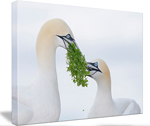



Great images all, Artie and Misha. Artie, typo: Misha signed his name “Mishael” in the message you quoted, but you called him “Misheal” in image #5 and one other.
Good catch. But you are slipping. I made the same (cut and paste) error four times not two. They are all fixed now.
a
Art: Thanks for the instructive You-Tube video! I loved Misha’s white ibis in breeding plumage catching a mole crab.
Oops, forgot to mention that the Nikkor weighs 5 pounds.
My bad, The Sony 400-800 actually weighs 5.45 lbs! Funny, I re-worked a 200-500 photo today for the new Flight Guide.
a
>> I did not want to like the Sony 400-800 when I borrowed one from Sony to try at Stick Marsh. It was too heavy at 4.54 pounds <<
I'm thinking similar thoughts when I'm shlepping around my 200-500mm Nikkor.
Hi Artie,
Very useful post and great images from you and Misha!
My favorite are #1, #8 and #9.
Regarding #8: a posteriori, would you have preferred to stop down a bit in order to have all the subject in focus, or are you 100% satisfied with the attained depth of field?
Regarding the question #5: it would have been necessary (maybe not sufficient) to try to shot from greater distance full hight, in order to have the background lower in the field of view. In this case a crop would have been needed. One indirect advantage would have been to shot wide open to recover partially the original depth of field.
Alessio
Howdy Allessio and thanks for commenting.
As to #8, I am not only satisfied with the d-o-f, I am a practical guy. At close range at 800mm, it would not have been possible to stop down enough to render the lower neck sharp.
You are taking the wrong approach with #5. I will reveal the right way to have gone in the next blog post.
artie
Hi Artie.
Thanks for your reply!
#8 related, for the purpose of understanding more, with expected not sharp results unless “lucky” with handheld: would the DOF been enough even “sacrificing” two stop in ISO (from 2000 to 8000) and two in shutter speed (from 1/4000 s to 1/1000 s) for a same exposure but 2 stop down (from f/8 to f/16)? Roughly the new DOF would have quadruplicated, right?
Indeed for #5 my reply has the wrong approach, I was fooled by thinking to maintain same subject eye level. I had excluded one thing to do that is in general better, faster and simpler.
Alessio
As to #8: At 15 feet (probably an over-estimate) at f/8 the dof behind the point of focus, the bird’s eye, is .24 inches. And yes, at first/16, the increases to .96 inches, slightly less than one inch. So, the feathers on the neck would have been slightly sharper but the feathers of the upper breast would not have been rendered sharp. Going from ISO 2000 to ISO 8000 would have destroyed the fine feather detail. And as I was shooting down a bit at the bird, f/16 would have brought up unwanted detail in the water. Not to mention that the bird were moving rather quickly at the moment I made the frame so lowering the shutter speed would not have been a good plan.
You need to learn to make almost instantaneous decisions when doing bird photography. For more than 40 years I have been focusing on the bird’s eye and working wide open. It has worked very well so far.
As for #5, you are on the right track.
artie
Some wonderful images here, Image 10 in particular, was a “wow” moment!
Thank you kindly.
a